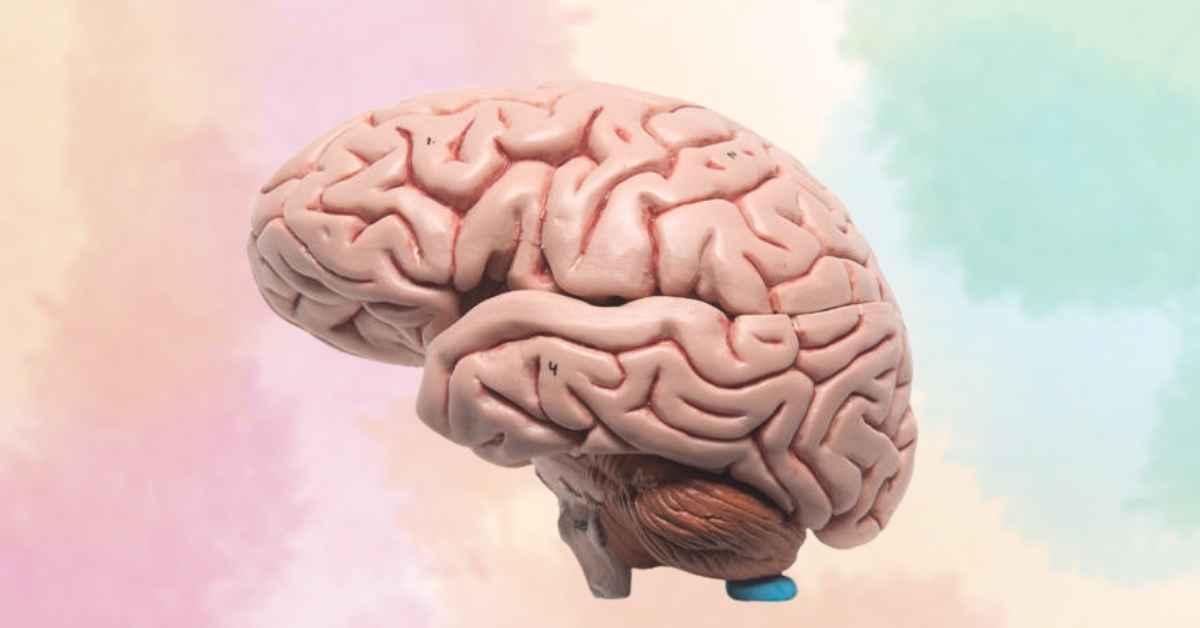- Human brain cells were injected into newborn rats by scientists.
- Neurons in dishes do not develop to the size of human neurons.
- The experiment sparked some ethical questions.
TOKYO – Scientists have successfully implanted and merged human brain cells into newborn rats, paving the path for fresh research into complex mental illnesses such as schizophrenia and autism, as well as the testing of potential remedies.
It is very difficult to study how these disorders evolve since animals do not feel them in the same way that humans do, and humans cannot simply be opened up for investigation.
Scientists can build microscopic portions of human brain tissue generated from stem cells in petri dishes, and have done it for over a dozen brain areas.
However, in dishes, “neurons do not develop to the size that a human neuron in an actual human brain would grow,” according to Sergiu Pasca, the study’s principal author and a Stanford University professor of psychiatry and behavioural sciences.
And since they are not attached to a person, they cannot tell us what symptoms a deficiency may create.
To address these constraints, researchers inserted organoids, which are groups of human brain cells, into the brains of newborn rats.
Human neurons had previously been transplanted into adult rats, but an animal’s brain stops growing at a certain age, limiting how well-implanted cells can integrate.
“By transplanting them at these early stages, we discovered that these organoids may grow rather big, get vascularised (take nutrition), and cover roughly a third of a rat’s (brain) hemisphere,” Pasca said.
‘Reward’ with blue light
Air was blasted over the animals’ whiskers, causing electrical activity in the human neurons, to see how effectively the human neurons integrated with the rat brains and bodies.
This demonstrated an input link – the exterior stimulation of the rat’s body was processed by human tissue in the brain.
The scientists next investigated if human neurons could transmit signals back to the rat’s body.
They implanted human brain cells that had been modified to react to blue light and then taught rats to anticipate a “reward” of water from a spout when blue light was shined on the neurons via a wire in the animals’ skulls.
According to the study, which was published Wednesday in the journal Nature, pulsing the blue light brought the rats scurrying to the spout after two weeks.
The technique has now been utilised to demonstrate that organoids created from Timothy syndrome patients grow more slowly and have less electrical activity than those created from healthy persons.
Professor Tara Spires-Jones of the University of Edinburgh’s UK Dementia Research Institute stated the research “has the potential to increase what we know about human brain development and neurodevelopmental diseases.”
She did remark, however, that the human neurons “did not reproduce all of the critical aspects of the human growing brain,” and that further study is required to guarantee the approach is a “robust model.”
Ethical discussions
Spires-Jones, who was not involved in the study, also raised ethical concerns, such as “whether these rats would have more human-like thinking and awareness.”
According to Pasca, meticulous study of the rats indicated that the brain implants did not modify them or cause discomfort.
“There are no changes in the rats’ behaviour or well-being… there are no function augmentations,” he said.
He contended that limits on how deeply human neurons integrate with the rat brain serve as “natural boundaries” that prevent the animal from becoming too human.
Rat brains grow more quicker than human brains, “therefore the rat cortex can only incorporate so much,” he said.
However, in animals closer to humans, such obstacles may no longer exist, and Pasca said that he would not advocate adopting the procedure on primates for the time being.
He does feel that there is a “moral obligation” to create better techniques to investigate and treat mental diseases.
“Certainly, the more lifelike these simulations get, the more uneasy we feel,” he says.
However, “human mental diseases are mostly unique to humans.” So we’ll have to think carefully about how far we want to take some of these models in the future.











